Popular on Food52
10 Comments
Terrarium C.
September 27, 2017
Awesome thanks for all the info and tips, check out some of my terrariums i made https://www.terrariumcrafts.com
Brinda S.
July 6, 2015
Looking forward to making this next weekend. Wanted to check what active charcoal is? Is it the same one we use for BBQ grills?
Amanda S.
July 6, 2015
Activated charcoal is more porous than regular charcoal, which means it's better at filtration. Grill charcoal won't reduce bacteria as effectively. Activated charcoal is also sold as "potting charcoal" and you can find it at any store that sells gardening supplies: http://www.shopterrain.com/garden-planting-accessories/potting-charcoal/
vivian
March 8, 2015
It's actually a myth that stones or gravel at the bottom creates a drain layer. Water has a hard time moving from a less porous material (soil) to a very porous material (stones). To give a very crude example, if you plant in 4 inches of soil and your roots are able to reach the top 3 inches, and extra water ends up in the bottom inch, your roots are safe. But if in the same container you plant in 3 inches of soil + 1 inch of gravel, and your same roots take up the same top 3 inches, your extra water is STILL in the bottom inch of soil—and eventually that bottom inch of roots is going to rot. (Don't forget that even if in this example, if your roots only reached the top 2 inches—over time they would continue growing and eventually end up in the soggy bottom.) http://www.todayshomeowner.com/garden-myth-putting-gravel-in-pots-and-containers/
vivian
March 8, 2015
Meant to also include this document from Washington State University: http://puyallup.wsu.edu/~linda%20chalker-scott/horticultural%20myths_files/Myths/Container%20drainage.pdf
Pegeen
March 6, 2015
Lovely article. If only I'd had some supplies on hand during yesterday's snowstorm in the northeast... would have been a great way to spend an afternoon.
For terrarium enthusiasts, this was a very nice article published in The New York Times a while ago: http://www.nytimes.com/2010/06/03/garden/03terrarium.html
For terrarium enthusiasts, this was a very nice article published in The New York Times a while ago: http://www.nytimes.com/2010/06/03/garden/03terrarium.html
Amanda S.
March 6, 2015
A great reminder that these have their own little microclimates. Thanks, Pegeen!

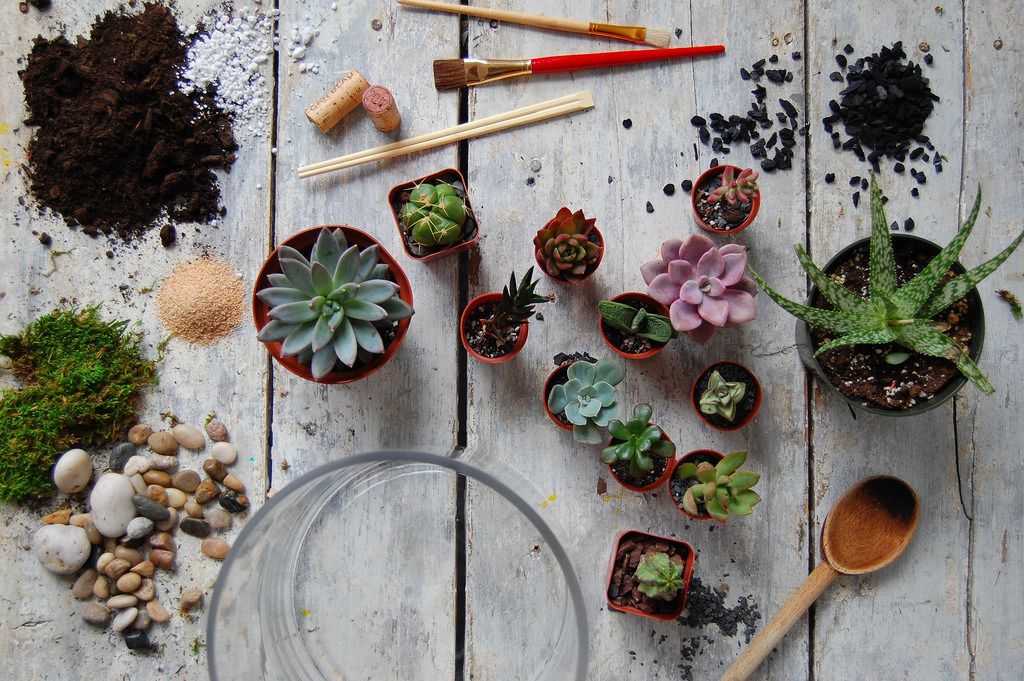
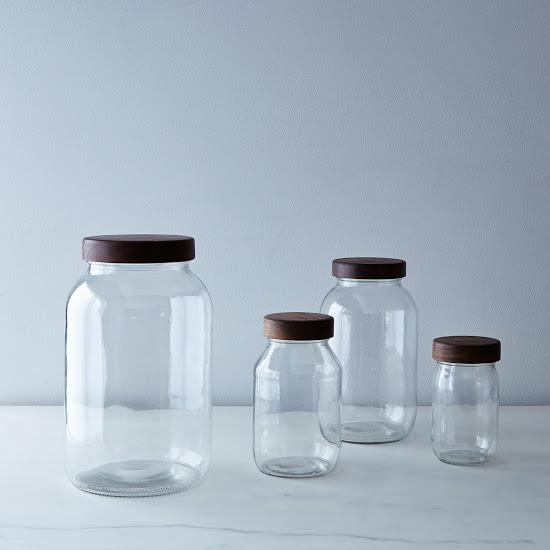

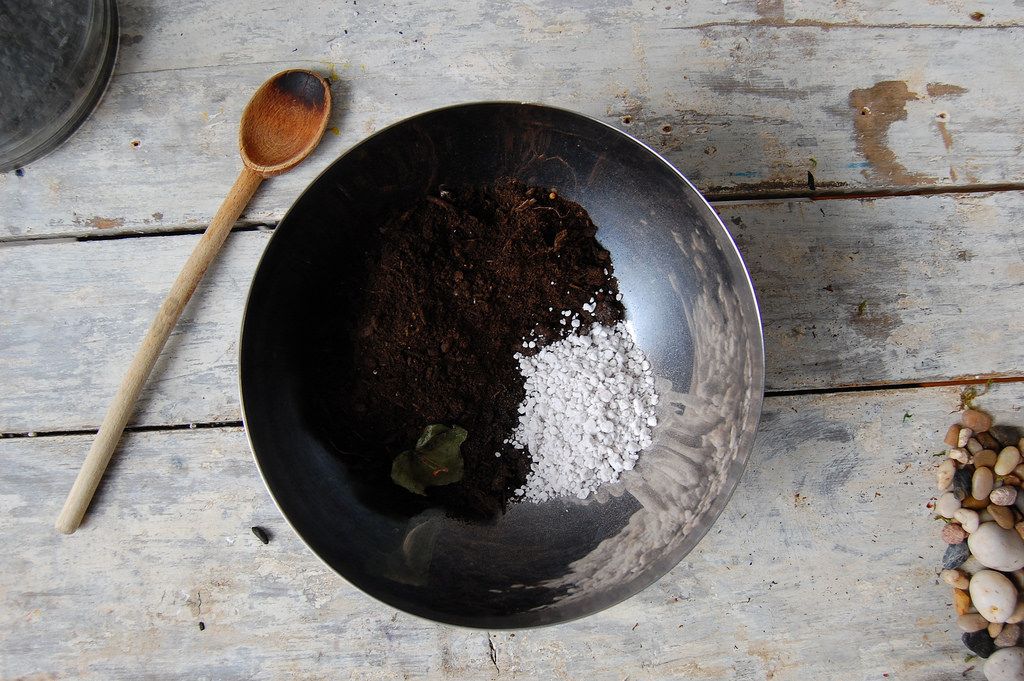
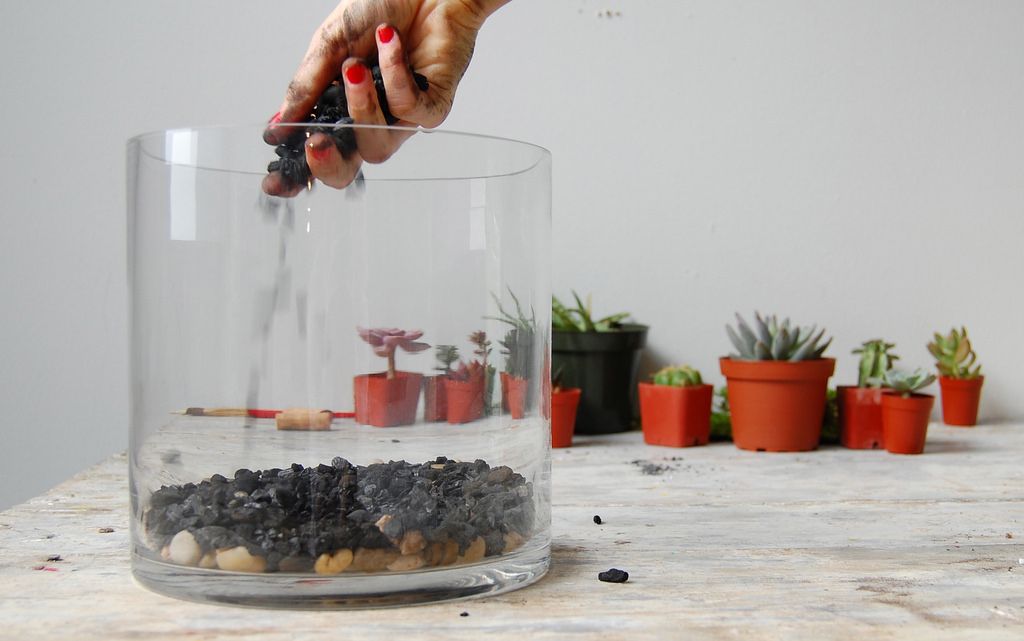
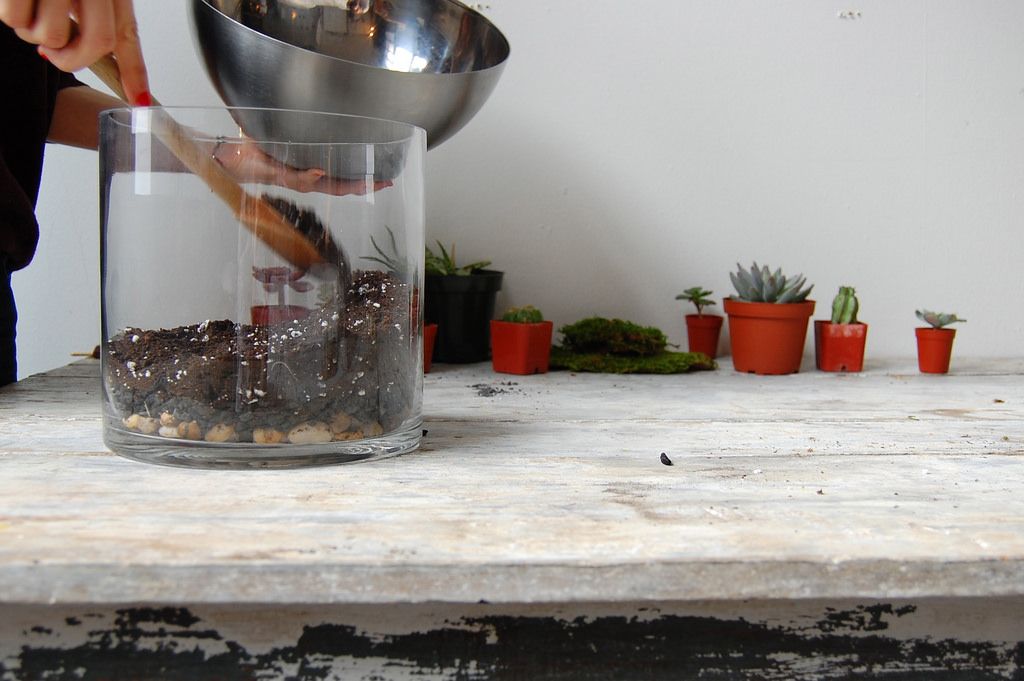

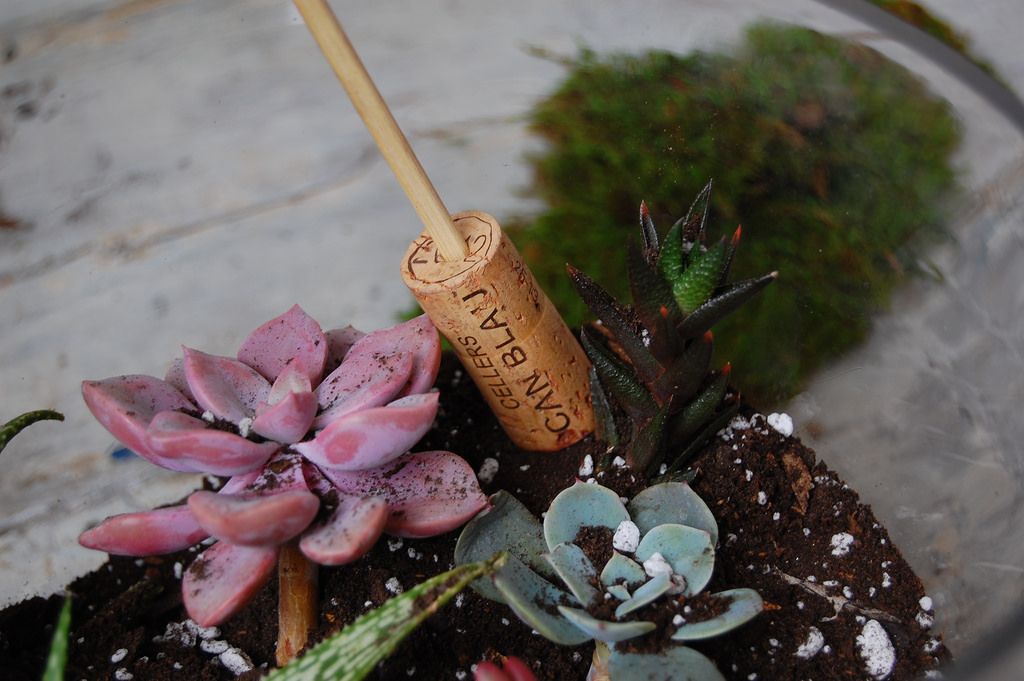
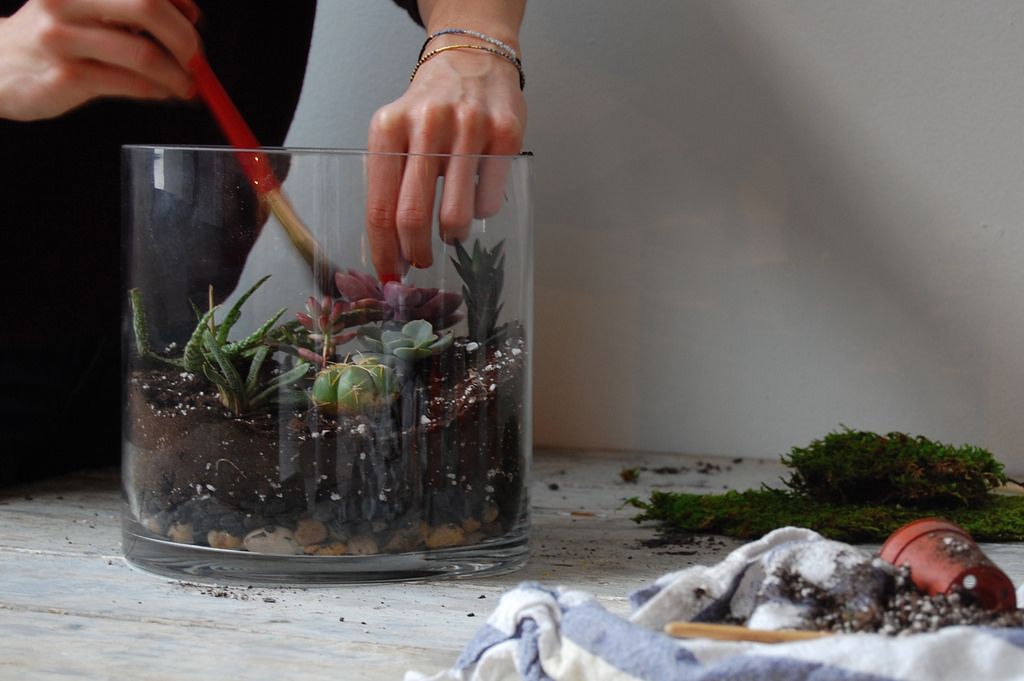
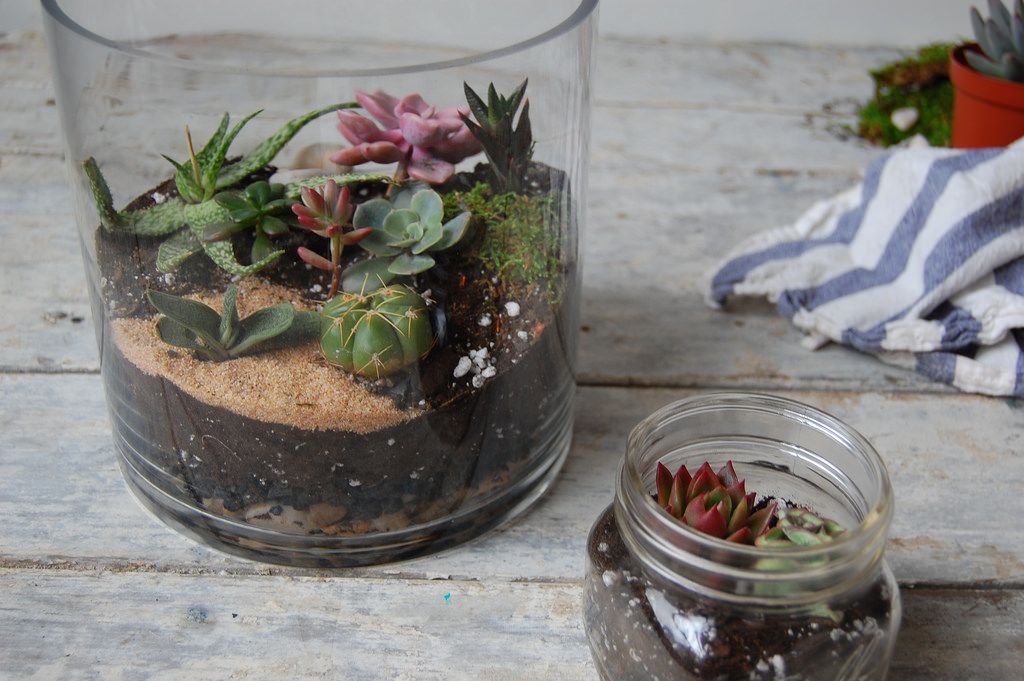

See what other Food52 readers are saying.